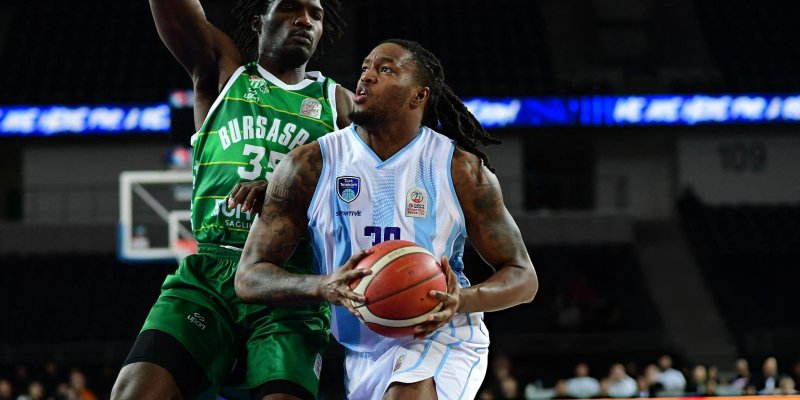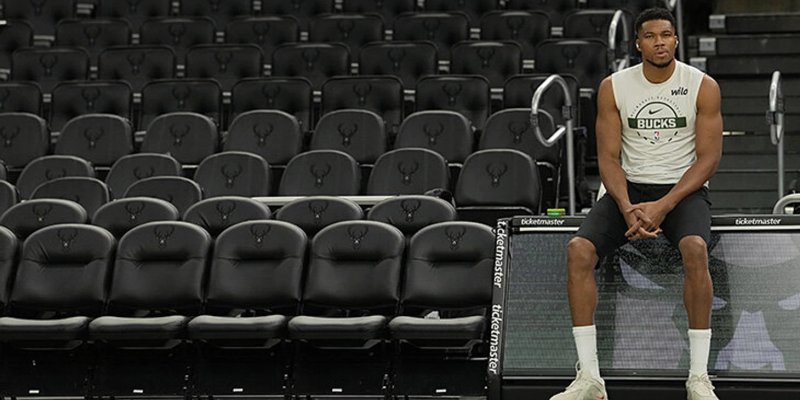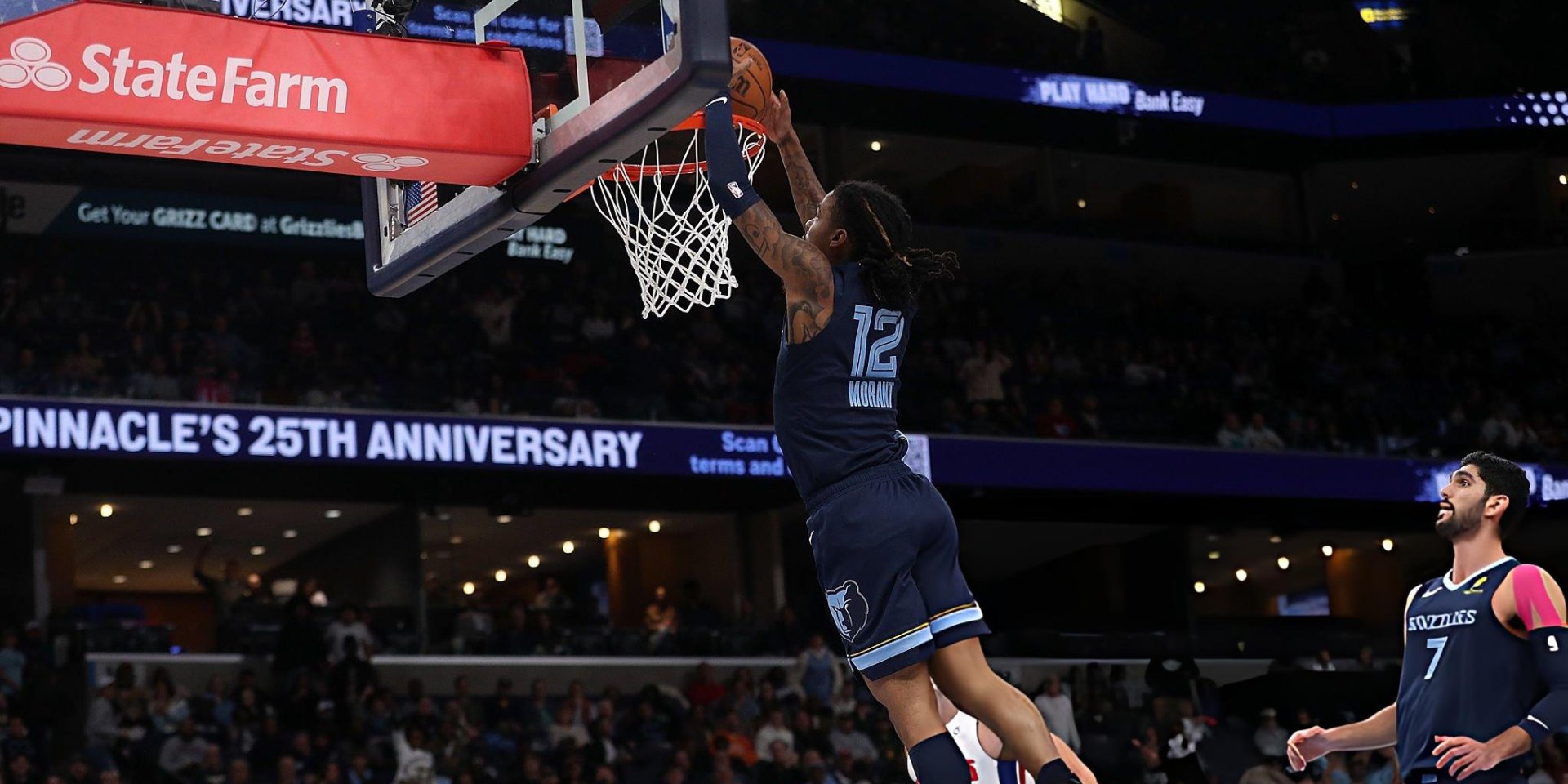
Yes, Ja Morant can make an arena exhale in unison: a leap above the rim, a cut-and-finish dunk, a spin on the dribble — and social feeds are already on fire. But when the highlight reel ends and the dull 48-minute routine of mistakes, rotations, and discipline begins, the image of the NBA's Tony Montana starts to split at the seams. Memphis’s recent games have exposed a conflict not only with opponents, but with his own club, coaching ideology, and — worst of all — with a reality where every possession matters more than performance.
Five and a Half Minutes of Silence in the Box Score
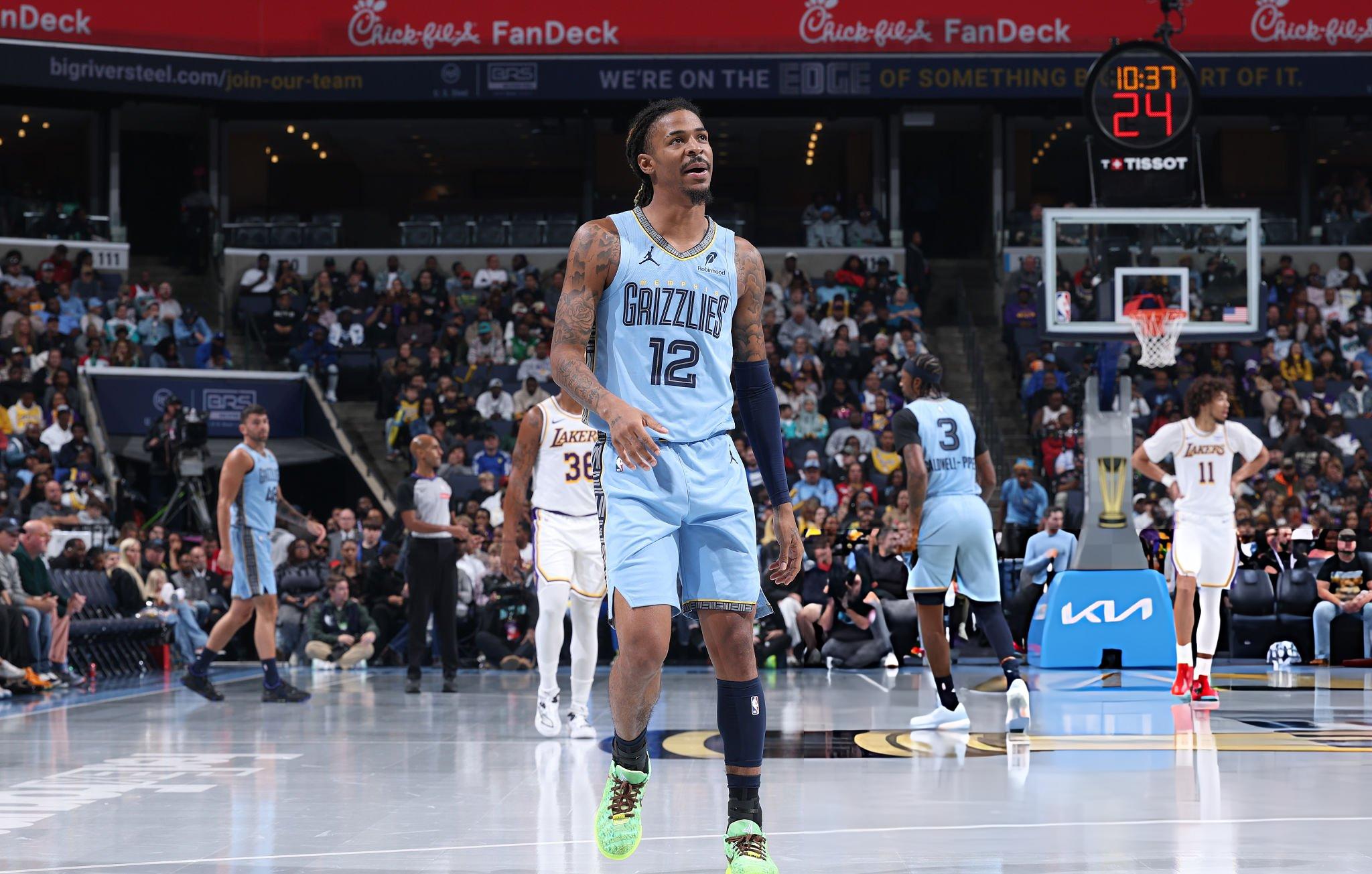
The key episode was the closing stretch against the Lakers, where the Grizzlies squandered a +14 lead and fell behind, and their lead guard essentially shut down. Walking instead of pushing the pace, lazy swings to the perimeter, taking only threes, refusing to engage from the weak side on defense — the picture spoke louder than the numbers. In the decisive stint, Morant recorded nothing: no points, no assists, not even a missed shot. Total silence in the box score — and a deafening uproar in the debate.
The Press Room Instead of the Floor
After the final buzzer, Ja chose his favorite stage — the mixed zone. Short answers, the refrain "ask the coaches," and an ironic line that maybe he shouldn’t have been put on the floor at all. It wasn’t a briefing; it was a performance. If the same level of engagement and clarity had shown up on the court, there would be far fewer questions.
A Rise Into the Clouds: From Human Highlight to the League’s Hope
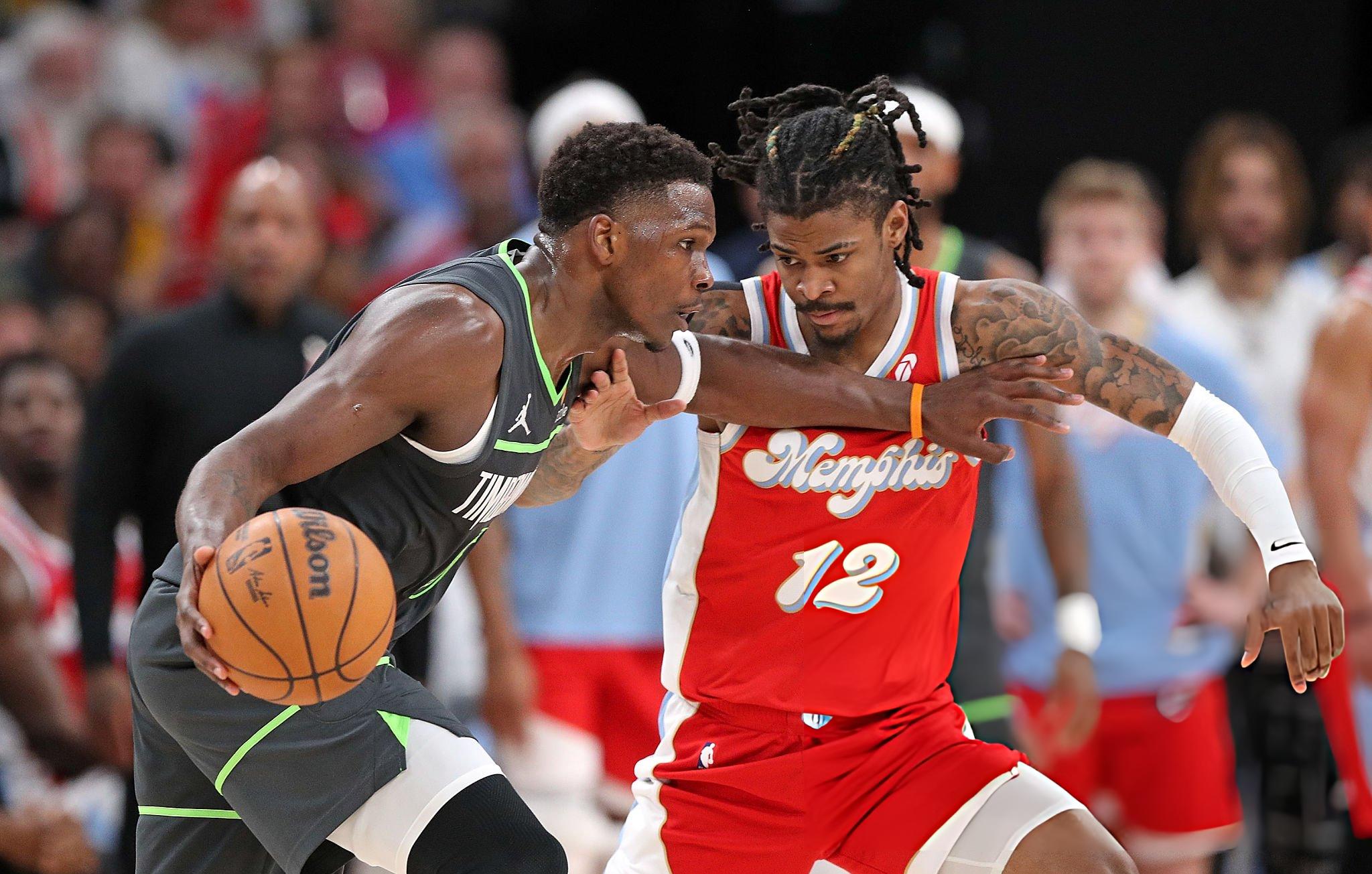
Morant burst into the NBA as the living embodiment of verticality: Rookie of the Year, All-Star Games, Most Improved Player, All-NBA nods. Alongside Anthony Edwards, many saw him as the next American face of the league. Against that backdrop, Memphis grew naturally: playoff runs, second-place finishes in the West, and the profile of an annoying young contender. It seemed all that remained was to polish the jumper and refine shot selection.
Red Zone: Scandals, Hiatuses, and Suspensions
Instead of an evolution of his game came an escalation of reasons for investigations. Parking-lot incidents, infamous streams with a gun, apologies, "work with specialists," a brief suspension, a meeting with Adam Silver — and then a second lap with a stiffer verdict. The result: missed games, broken rhythm, severed team synergy, and a slow erosion of trust from sponsors and the public.
The Grizzlies’ Trajectory: Injuries, Overhauls, and a Playoff Cold Shower

Without a stable leader in minutes and impact, the team inevitably sagged. A season without Ja meant the bottom of the table; the next season brought a return, a flash, but then a first-round sweep and bitter comments about having "found the opponent’s key." The problem is that cracking one code doesn’t win a series: the opponent reads, adapts, and punishes too.
One-Man Basketball vs Team Basketball
The staff’s new vision emphasizes pace, interchangeability, fewer static screens, more movement, and constant positional flow. In this game, not only a star’s usage matters but also a team’s split-second reads. Morant, however, leans toward the classic: high pick-and-rolls, isolations, space to attack, and an emphasis on individual superiority. He sees himself as Derrick Rose in the early Bulls — a pile of screens and the license to decide. A clash of philosophies is inevitable: the system asks for one thing, the leader’s instinct for another.
The Market on Pause: Why a Trade Doesn’t Cure It
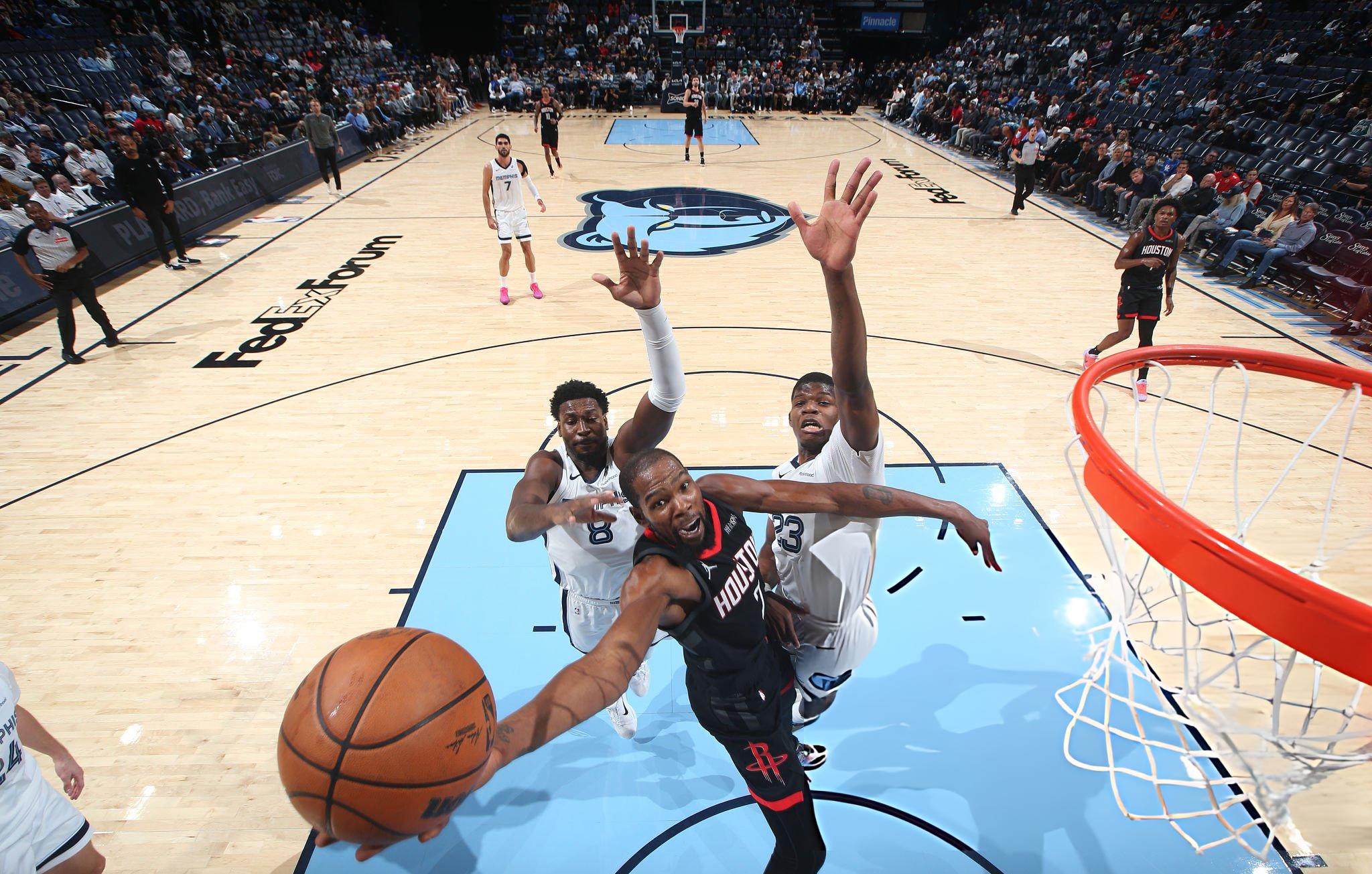
On paper, the solution looks simple: trade the star and rebuild. In practice, the market sees both risk and context. A player coming off recent suspensions, injuries, and sharp criticism of his work ethic has his value at a low. Selling at a loss hurts; waiting for a miracle is dangerous. The club opts for half-measures: staff reshuffles, rotation tweaks, hunting for picks, and soft sanctions meant to "send a signal" to the star. But the ground keeps shaking, and a clear strategy still hasn’t emerged.
The Morant Family Project: Blessing and Trial
Ja’s story is also the story of his father, Tee Morant, who made his son’s development his profession, coaching, and mission. Early-morning workouts, building the shooting base, meetings, an obsession with details — the foundation is solid. But media life, nightclubs, and the role of the entourage become a test of discipline. Where a regimen and filter are required, the thrill of the moment often wins out.
Highlights vs 48 Minutes: The Advanced Optics
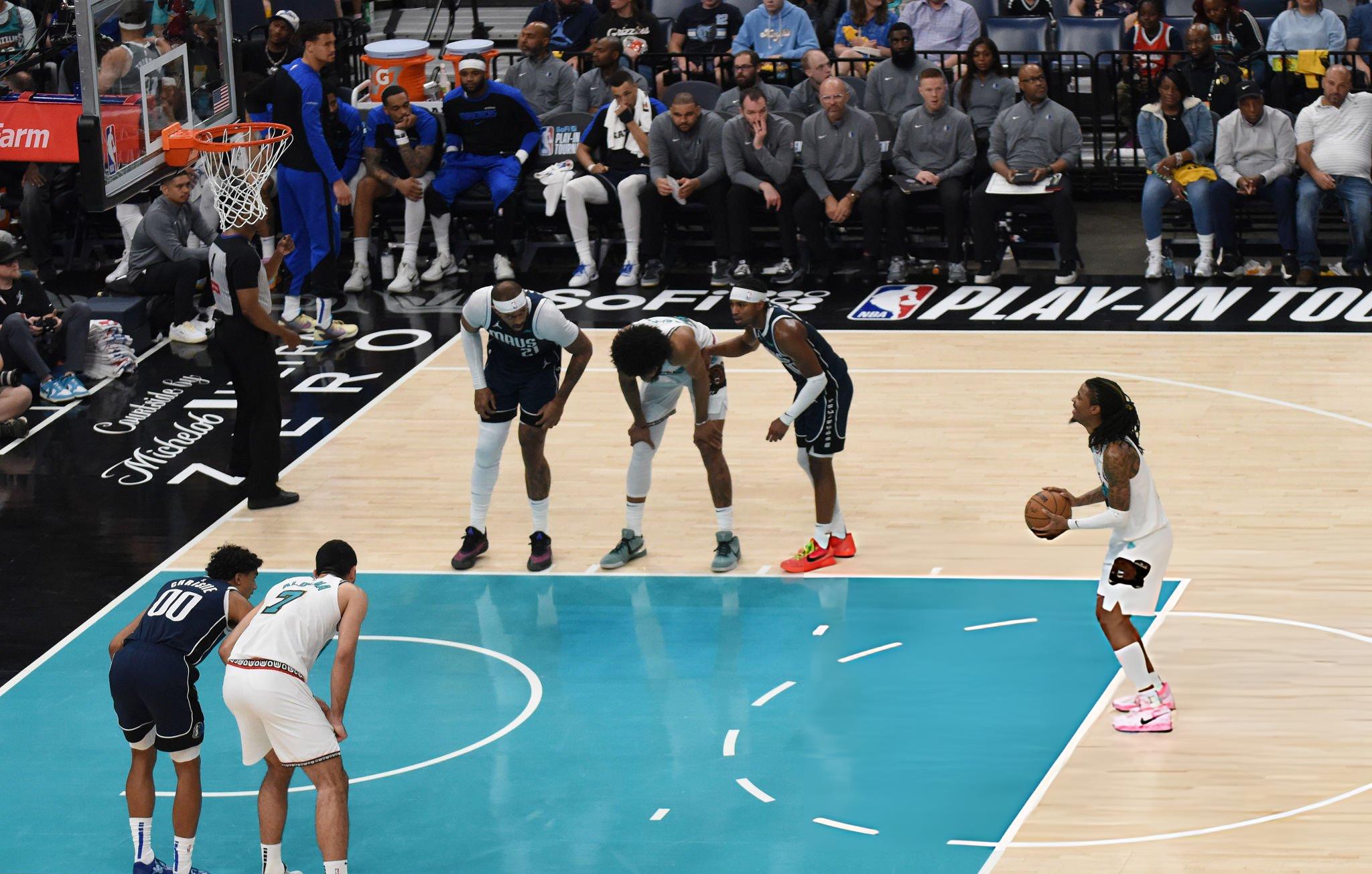
Advanced metrics had long warned: showy effect does not equal sustainable impact. The three-pointer comes and goes; on defense, off-ball concentration dips and weak-side help arrives late; in decision-making, the headlong drives into traffic sit below average. The vertical short-video format loves Morant — brief, bright, emotive. But the playoffs are long possession chains where predictably correct decisions and energy conservation are prized.
From Kanye to Shia: When Performance Eats the Profession
Morant seemed to dream of becoming a basketball underground figure whose statements transcend the court, like artists who break the format. But there is a fine line between a bold manifesto and being consumed by the performance. When the headlines about you are consistently louder than the box score, a career starts to resemble an art project with an unpredictable ending.
A Scarred Face Isn’t for the Cover
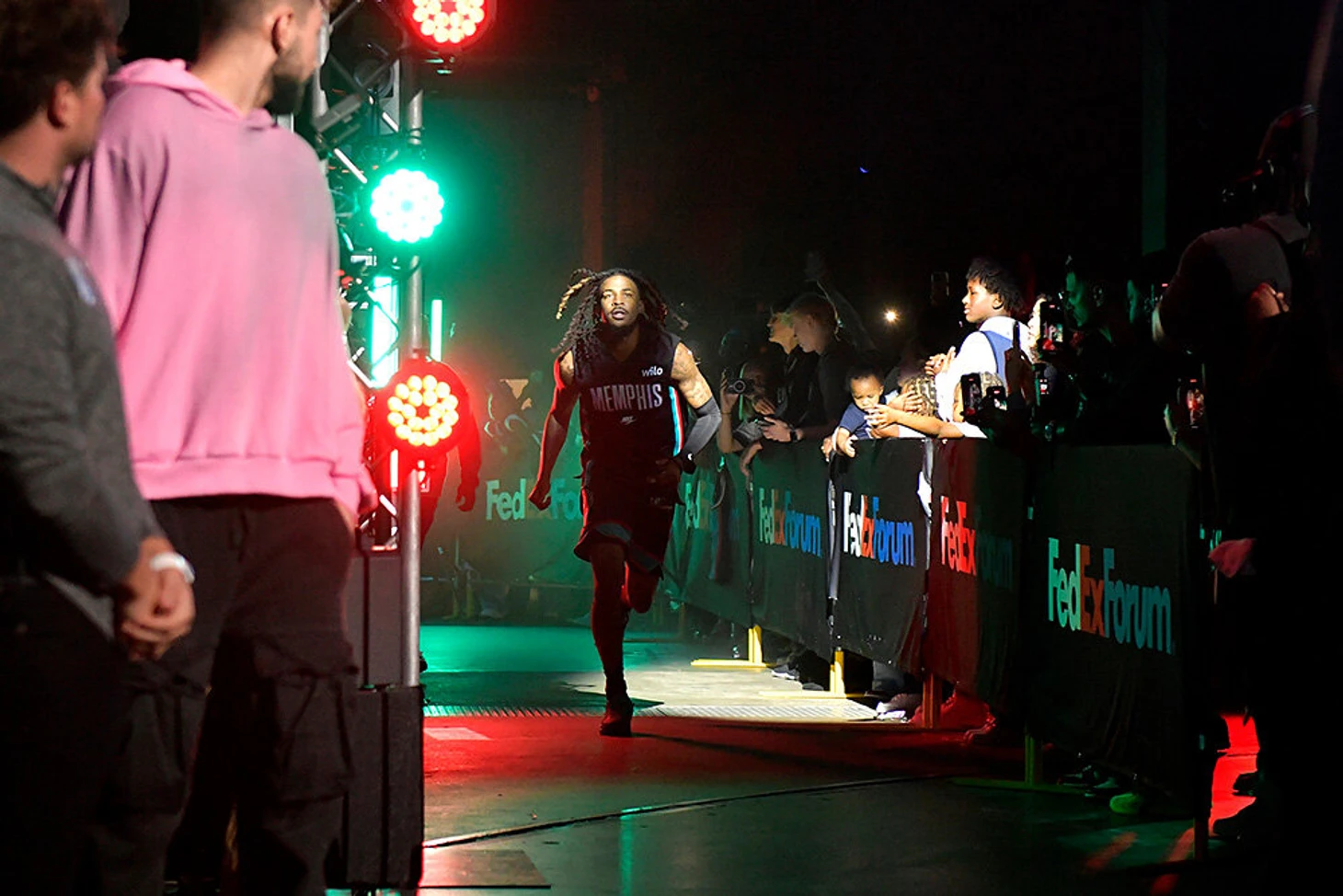
Ja Morant is still young for the league and incredibly talented. He has earned the right to doubt and to search for himself — through hard work since childhood, hundreds of thousands of reps, and millions of viewers. But the NBA rewards those who turn charisma into a system, and a system into wins. Today’s Morant is a great hero of highlights who must once again become a great player over the long haul. Not "stay silent" in the box score, but speak loudly with actions: run in transition, crash the offensive glass, make 45-degree cuts, provide weak-side help on time, take the right shots, and share the ball in the clutch. Then the role will slip to second place, and the first line will once again read the game. And Memphis will stop being a performance laboratory, becoming a team where the star not only leads — but leads in the right direction.

